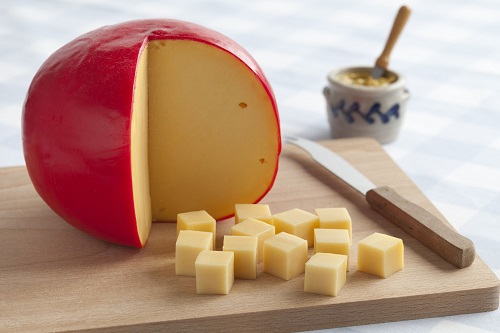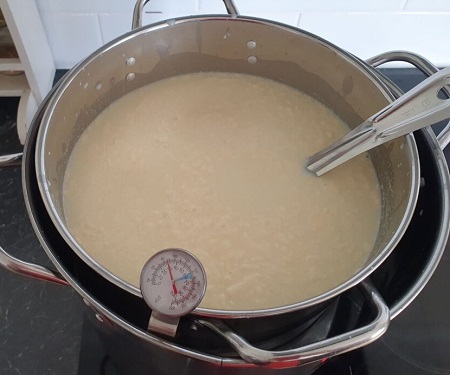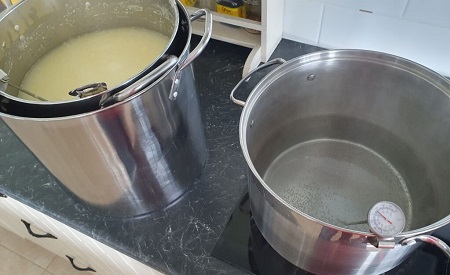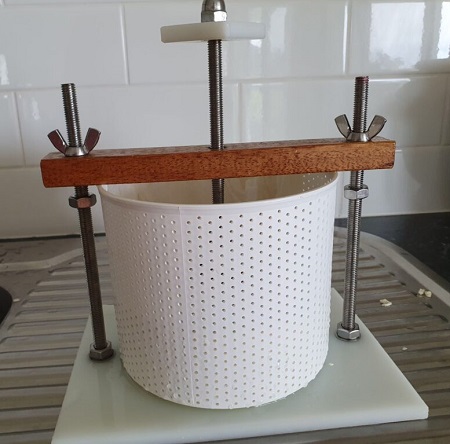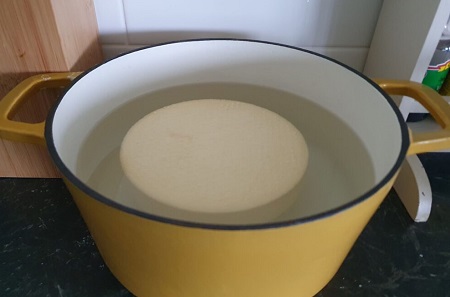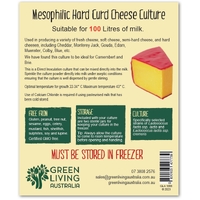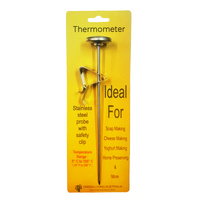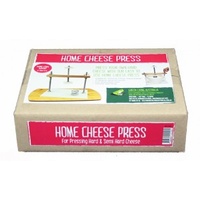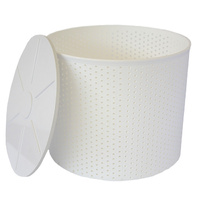This privacy policy sets out how we use and protect any information that you give us when you use this website.
We are committed to ensuring that your privacy is protected. Should we ask you to provide certain information by which you can be identified when using this website, then you can be assured that it will only be used in accordance with this privacy statement.
We may change this policy from time to time by updating this page. You should check this page from time to time to ensure that you are happy with any changes.
What we collect
We may collect the following personal information:
- name and job title
- contact information including telephone number and email address
- demographic information such as postcode, preferences and interests
- other information relevant to customer surveys and/or offers
What we do with the information we gather
We require this information to understand your needs and provide you with a better service, and in particular for the following reasons:
- Internal record keeping.
- We may use the information to improve our products and services.
- We may periodically send promotional emails about new products, special offers or other information which we think you may find interesting using the email address which you have provided.
- From time to time, we may also use your information to contact you for market research purposes. We may contact you by email, phone, fax or mail. We may use the information to customise the website according to your interests.
- Supply to transport and delivery companies to enhance delivery service levels.
Information automatically collected by this website and/or third parties
When you access this website via a web browser, mobile applications, or other client, we and our third party service providers may use a variety of technologies, now and hereafter devised, that automatically record certain usage information. This information may include your IP address (and other unique identifiers for the particular device you use to access the internet), browser type, your web or application request, your interaction with this website, the referring webpage you were on before coming to this website, pages of our website that you visit, information you search for via this website, access times and dates, and other similar information. We use this information for a variety of purposes, including analysing and enhancing our products and services, and to help personalise our service for you. We do not treat this information as personal information (except to the extent required by local law), although if we combine it with the personal information you provide, we will treat the combined information as personal information.
We and our third party service providers may automatically collect information using various methods, including, without limitation, the following methods.
Log Information. Log information is data about your use of this website, such as IP address, browser type, internet service provider, referring/exit pages, operating system, date/time stamps, and related data, which is stored in log files.
Cookies. A cookie is a small data file transferred to your computer (or other device) when it is used to access this website. Cookies may be used for many purposes, including to enable certain features of this website, to better understand how you interact with this website and to monitor aggregate usage by visitors and online traffic routing. You may be able to instruct your browser, by changing its options, to stop accepting cookies or to prompt you before accepting a cookie from the online services you visit. If you do not accept cookies, however, you may not be able to use all portions or functionality of this webiste.
Web Beacons (Tracking Pixels). Web beacons are small graphic images, also known as "internet tags" or "clear gifs," embedded in web pages and e-mail messages. Web beacons may be used to count the number of visitors to this webiste, to monitor how users navigate this website and to count content views.
Embedded Scripts. An embedded script is programming code designed to collect information about your interactions with this website. It is temporarily downloaded onto your device from our web server or a third party with whom we work, is active only while you are connected to this website and deleted or deactivated thereafter.
Click-Through URLs. In some of our e-mail communications, we use a “click-through URL” linked to content on our websites. When users click one of these URLs, they pass through a separate web server before arriving at the destination page on our website. We may track this click-through data to help us determine interest in particular topics and measure the effectiveness of our customer communications. If you prefer not to be tracked in this way, you should not click text or graphic links in the e-mail messages.
Location-identifying Technologies. GPS (global positioning systems) software, geo-filtering, and other location-aware technologies locate (sometimes precisely) you for purposes such as verifying your location and delivering or restricting relevant content based on your location.
Device Fingerprinting. Device fingerprinting is the process of analyzing and combining sets of information elements from your device’s browser, such as JavaScript objects and installed fonts, in order to create a “fingerprint” of your device and uniquely identify your device and applications.
Some information about your use of this website and certain third party services may be collected using these and other tracking technologies across time and services and used by Green Living Australia (QLD) Pty. Ltd. and third parties for purposes such as to associate different devices you use and deliver relevant ads and/or other content to you on our website and certain third party services.
Security
We are committed to ensuring that your information is secure. In order to prevent unauthorised access or disclosure, we have put in place suitable physical, electronic and managerial procedures to safeguard and secure the information we collect online.
How we use cookies and other tracking information
Cookies allow web applications to respond to you as an individual. The web application can tailor its operations to your needs, likes and dislikes by gathering and remembering information about your preferences.
We use traffic log cookies and other tracking software to identify which pages are being used. This helps us analyse data about webpage traffic and improve our website in order to tailor it to customer needs. We only use this information for statistical analysis purposes.
Overall, cookies and other tracking data helps us provide you with a better website by enabling us to monitor which pages you find useful and which you do not. Cookies or other tracking data in no way give us access to your computer or any information about you, other than the data you choose to share with us.
Third party tracking data is collected by seperate companies, such as Google and Mailchimp to analyse website traffic and trends only. This data is covered by individual thrid party privacy policies. No identifiable information is sent to or stored by third parties and this information is used to help provide you a better online experience.
Links to other websites
Our website may contain links to other websites of interest. However, once you have used these links to leave our site, you should note that we do not have any control over that other website. Therefore, we cannot be responsible for the protection and privacy of any information which you provide whilst visiting such sites and such sites are not governed by this privacy statement. You should exercise caution and look at the privacy statement applicable to the website in question.
Controlling your personal information
You may choose to restrict the collection or use of your personal information in the following ways:
- whenever you are asked to fill in a form on the website, look for the box that you can click to indicate that you do not want the information to be used by anybody for direct marketing purposes
- if you have previously agreed to us using your personal information for direct marketing purposes, you may change your mind at any time by writing to or emailing us.
We will not sell, distribute or lease your personal information to third parties unless we have your permission or are required by law to do so. We may use your personal information to send you promotional information about third parties which we think you may find interesting if you tell us that you wish this to happen.
If you believe that any information we are holding on you is incorrect or incomplete, please write to or email us as soon as possible at the above address. We will promptly correct any information found to be incorrect.
